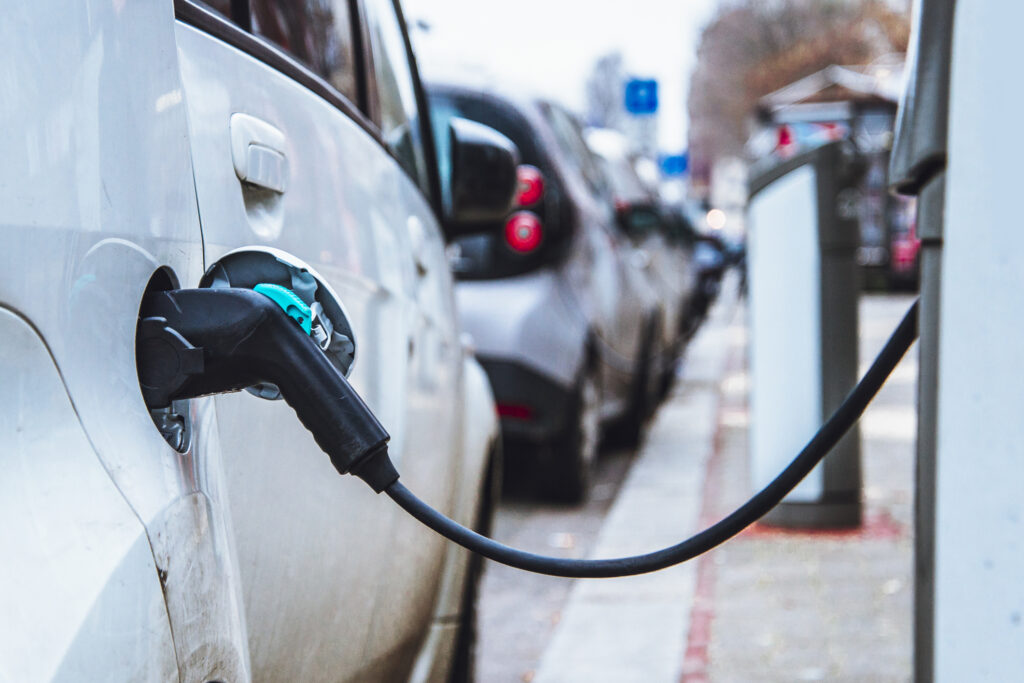In the second in a series of predictions pieces running over the coming weeks, the Energy Networks Association’s Randolph Brazier and Faraday Grid’s Matthew Williams predict what may happen in the energy sector in 2019.
Randolph Brazier, head of innovation and development, Energy Networks Association
Boost for flexibility services markets
We are certain to see a boost for flexibility services markets in 2019, backed by the new ENA Flexibility Commitment from Britain’s local electricity network operators. As the networks openly test the market for flexibility services against significant new projects, there will be an increase in tenders for flexibility services such as those provided by renewable energy generation, demand-side response and storage. Not only will this stimulate the aggregation of flexibility services by energy suppliers and other companies, but it will ensure British households and businesses benefit from a lower cost, lower-carbon energy system.
Unlocking the potential of data
Britain’s energy networks have taken the first steps to show how data can be used to manage the networks in a smarter and more efficient way. We can expect to see much more evidence of the value of data in 2019. To ensure personal data is protected while delivering a wide range of benefits to the public and networks, ENA is set to continue working with a range of experts and organisations including the government’s Data Task Force.
No brakes on electric car growth
The UK remains a leader in the electric vehicle (EV) revolution. In 2019, we will welcome another increase in EVs on our roads as we move closer to National Grid’s estimate of as many as 11 million EVs by 2030. Helping to build this momentum are the large numbers of vehicle manufacturers now selling their own EVs on the UK car market. While this trend is exciting, 2019 will be key to ensuring a fit-for-purpose electricity network and adequate smart charging infrastructure for the public, to ensure we roll-out EVs in a way that benefits everyone.
Matthew Williams, founder & chief technology officer, Faraday Grid
The blockchain hype is over
The industry has to face the fact that blockchain peer-to-peer energy trading is not scalable within a constrained electricity system. The original use cases simply are not competitive. However, there is merit for blockchain in marginal use cases – storing, recording and validating information about energy usage in order to optimise the existing energy system.
Data will become more valuable than energy
Real-time data on the energy system and energy use will become the high-value commodity, not the energy itself. The cost of generating renewable energy will continue to fall, while the ability to utilise real-time data will become ever more important in order to predict user behaviour across the energy system and autonomously respond to fluctuations in supply, demand and price.
Renewables will get cheaper but energy prices will rise
A continued reduction in the cost of renewable generation will be offset by an increase in balancing services required to ensure the stability of the system. The result will be flat or rising energy prices for the consumer. People will look to policymakers to lower the costs, but policy alone will only have negligible impact without complementary innovation in the physical energy system to be able to handle increased renewables and distributed energy resources.






